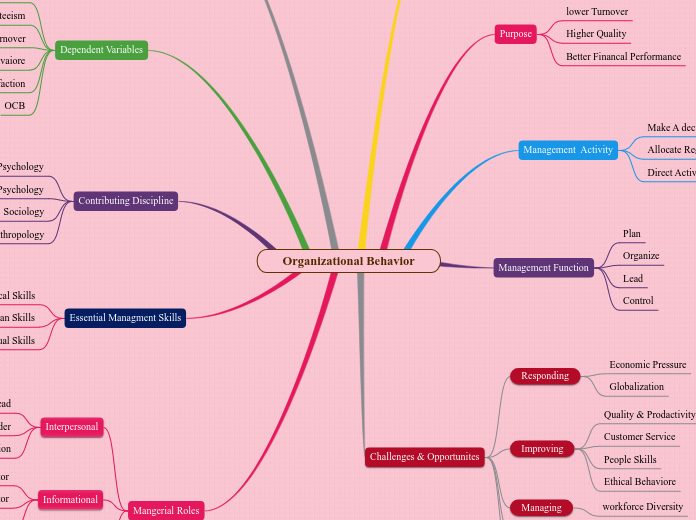af Nick Vidotto 4 år siden
207
Dual Language Use in Classrooms
Incorporating dual language use in classrooms aids in maintaining students' native languages while enhancing their educational experience. Teachers can support parents by involving them in dual language assignments, helping them see the benefits firsthand.









